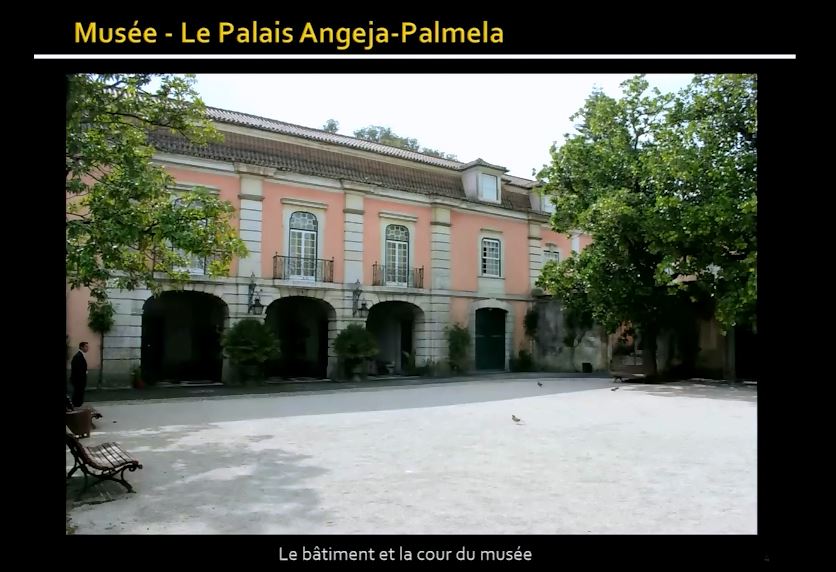Notice
“CORPS À CORPS AVEC LA MODE” Miren Arzalluz, ”Cristóbal Balenciaga. Rethinking the body in the 20th century”
- document 1 document 2 document 3
- niveau 1 niveau 2 niveau 3
Descriptif
This paper aspires to explore the development of an alternative silhouette in Western fashion, throughout the 20th century, with particular attention to the unique and key contribution of couturier Cristobal Balenciaga.
Since the eradication of the corset in the early 1900s, a new silhouette emerged characterized by an unprecedented looseness and freedom of movement, which gave way to a radically new relationship between body and garment, and ultimately to a process of progressive conceptual abstraction in fashion. One of the main representatives of this exceptional evolution was the couturier Cristóbal Balenciaga. In 1947, ironically the year of Dior’s corseted “New Look”, Balenciaga embarked on a long road of technical and aesthetic experimentation with the presentation of his “barrel line”, which obliterated the waist by creating an arched curve over the back, followed in 1951 by the semi-fitted suit, the tunic in 1955, the sack dress in 1957, and the “baby doll” dress in 1958, all of them genuine landmarks in the history of Western fashion to which couturiers and critics surrendered alike. Balenciaga, imbued with the work of the great innovators of the early 20th century, such as Vionnet or Chanel, embraced the female body in a new fashion during the 1950s and 1960s, paving the way for the revolutionary approach of the Japanese and Belgian designers in the following decades.
Thème
Documentation
Liens
Dans la même collection
-
“CORPS À CORPS AVEC LA MODE” Elsa Mangas Ferraz - Présentation du Musée national du costume de Lis…
MANGAS FERRAZ Elsa
Présentation du Musée national du costume de Lisbonne
-
“CORPS À CORPS AVEC LA MODE” Sébastien Galliot - Présentation de l’Exposition ‘Tatoueurs, tatoués’…
GALLIOT Sébastien
Présentation de l’Exposition ‘Tatoueurs, tatoués’, Musée du Quai Branly
-
“CORPS À CORPS AVEC LA MODE” Damien Delille "Dandysme mystique et subversion vestimentaire en Euro…
DELILLE Damien
À partir de l’exemple du critique d’art et écrivain Joséphin Péladan, pour qui le vêtement témoigne d’une vie « hors cadre », nous souhaitons entreprendre une relecture du dandysme dans les cercles




